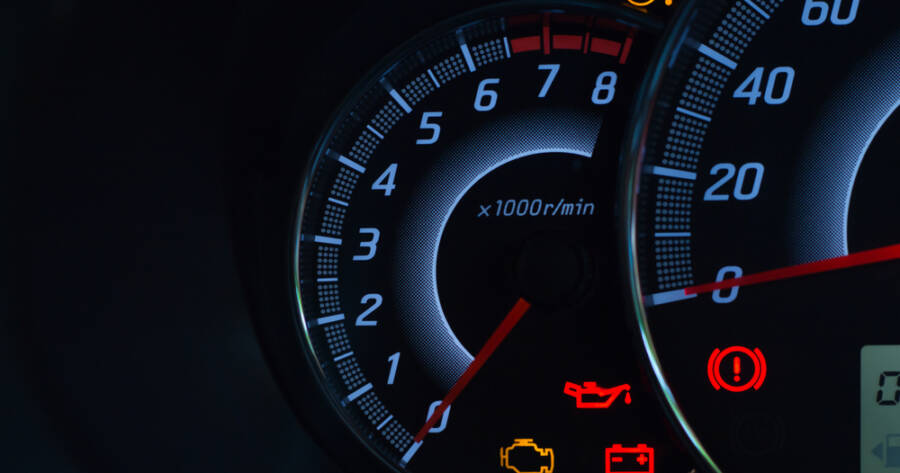It always seems to happen at the worst moment. You’re driving along, and a mysterious light pops up on the dashboard. Some lights are harmless reminders, while others are signals that something serious is going on under the hood. Learning what those little symbols mean can help you avoid panic and make smart decisions. With a little knowledge, you can spot the urgent issues, handle minor warnings confidently, and keep your vehicle running safely and efficiently.
Check Engine Light: A Catch-All Worth Investigating
The check engine light is one of the most common (and often most misunderstood) dashboard alerts. It can mean anything from a loose gas cap to a failing catalytic converter. When the light is solid and your car seems to run fine, it usually signals a non-urgent issue. Still, it’s best to get it checked soon to prevent small problems from becoming bigger ones.
If the check engine light is flashing, that’s a different story. A blinking light typically indicates a misfire that could damage the engine or emissions system. In that case, pull over and have the vehicle towed to a shop. Diagnostic tools can quickly read the error code and help mechanics pinpoint the exact issue before more damage is done.
Tire Pressure Warning: Don’t Ignore the Air
The tire pressure monitoring system (TPMS) icon usually looks like an exclamation point inside a horseshoe. It lights up when one or more tires are significantly under- or over-inflated. Even small changes in pressure can affect handling, fuel economy, and tire wear, so it’s important to check your tires promptly.
Cold weather can trigger the TPMS light due to natural pressure drops, while hot weather can increase pressure. Use a tire gauge to check each tire manually, and adjust them to the recommended levels listed in your car’s door frame or owner’s manual. If the light stays on after correction, your system may need recalibration or inspection for leaks.
Battery Light: Time To Check Your Charging System
The battery warning light looks like a small battery symbol and typically appears when the vehicle’s charging system isn’t working properly. This doesn’t always mean the battery itself is bad—it could be a failing alternator, corroded terminals, or a loose belt affecting how your car generates power.
If this light comes on while driving, your car may only have a short amount of time left before it loses power entirely. Turn off non-essential electrical systems like the radio or AC to conserve energy and head to a mechanic immediately. If your battery is more than three years old, regular checks can help avoid this kind of surprise.
Oil Pressure Warning: Stop the Engine Immediately
An oil can symbol on the dashboard isn’t something to take lightly. It usually signals low oil pressure, which can cause serious engine damage if ignored. Unlike the reminder for routine oil changes, this light indicates that your engine may not be getting the lubrication it needs to function safely.
Pull over and shut off the engine as soon as possible if you see this light. Continuing to drive without oil pressure can result in irreversible damage. Check your oil level with the dipstick—if it’s low, topping it off might fix the issue temporarily. However, a leak or faulty oil pump could also be to blame and requires immediate professional inspection.
Brake System Warning: Don’t Take Chances
The brake warning light may appear as an exclamation point inside a circle or the word “BRAKE.” If your parking brake is engaged, releasing it should make the light go away. But if the light stays on while driving (or comes on suddenly), it could signal a more serious issue like low brake fluid, worn brake pads, or a system malfunction.
Brake problems are a top safety concern and should never be delayed. If your car feels spongy, pulls to one side when braking, or makes grinding sounds, get it inspected right away. Your brakes are your first line of defense on the road, and catching issues early can prevent dangerous situations and costly repairs.
Confidence Behind the Wheel Starts With Knowledge
Dashboard lights are your car’s way of communicating. While not every symbol signals an emergency, each one deserves your attention. Understanding the most common alerts helps you act quickly when it matters, saving time, money, and stress down the road.
Instead of ignoring that glow on your dash, use it as an opportunity to stay proactive. With a little awareness and quick action, you can keep your vehicle running smoothly and drive with peace of mind every time you turn the key.

